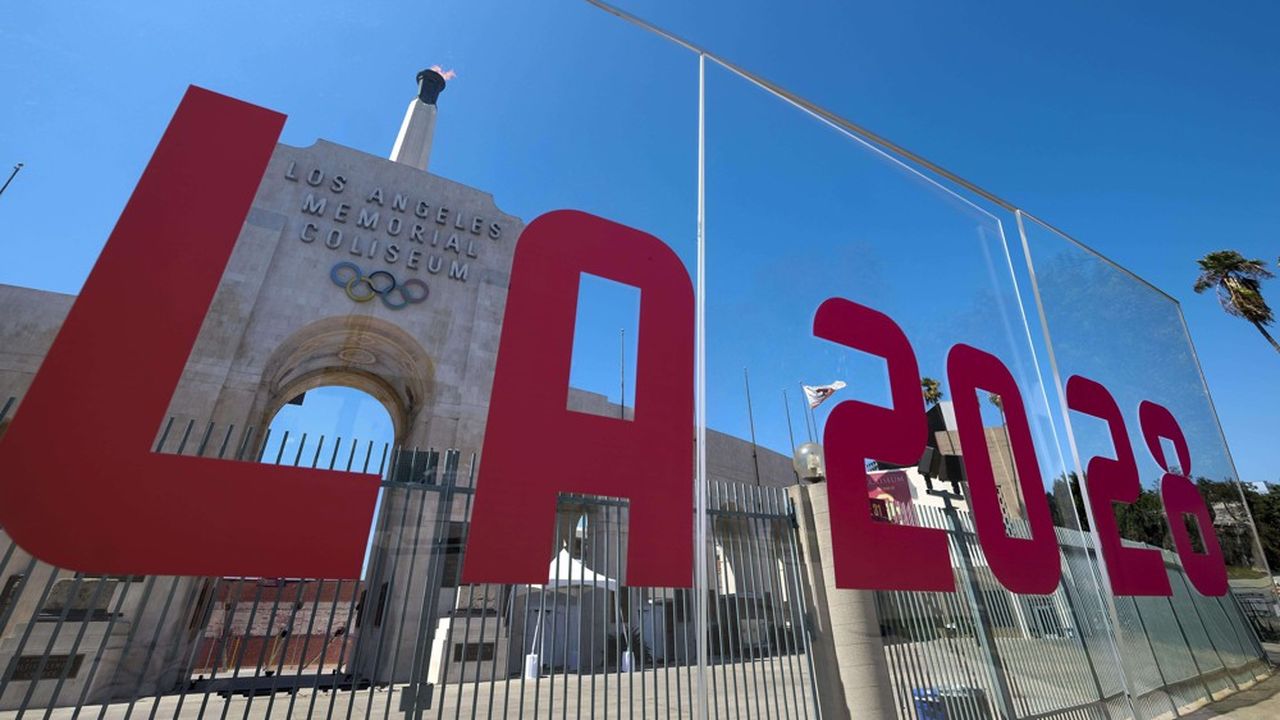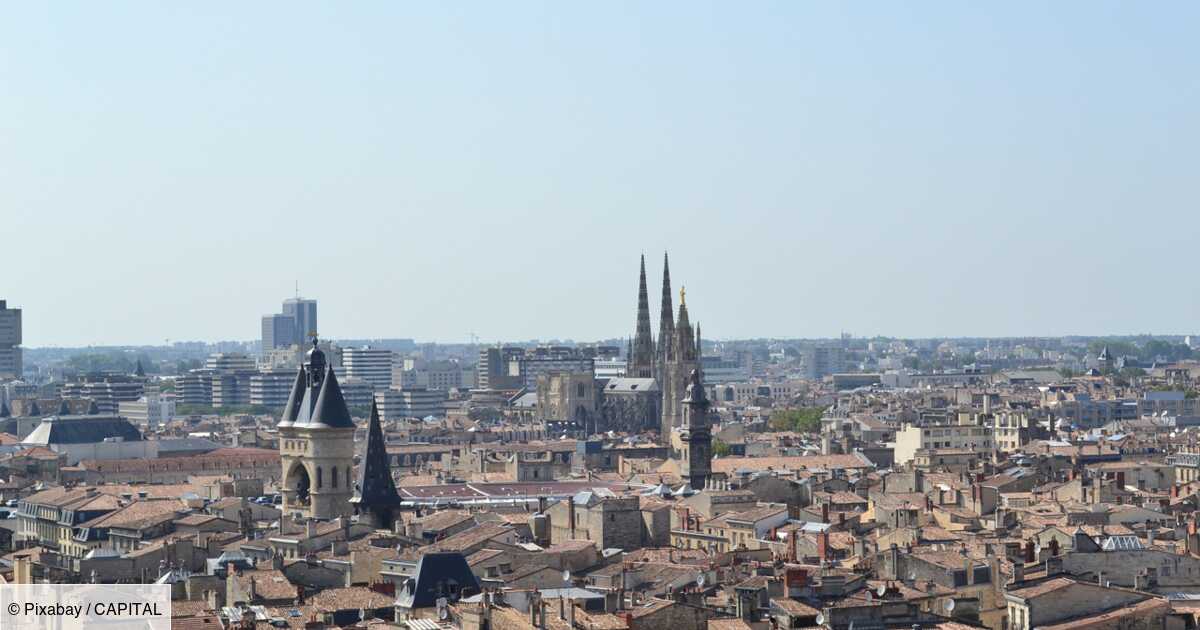
The countdown is on for Los Angeles. With the Paralympic closing ceremony on Sunday, the City of Lights has handed over the baton to the City of Angels. The host city of the 2028 Olympic and Paralympic Games has the daunting task of succeeding Paris, which has made the world dream with sporting events in the city and an opening ceremony held on the Seine.
The challenge is immense, but this is not the first rodeo for the great metropolis of southern California. It is preparing to host the Olympic Games for the third time after 1932 and 1984. With a crazy ambition for this city that was built with and for the automobile: a “car-free” Olympic Games. “This is an achievement for Los Angeles, because we have always been in love with our cars, but we are already working on building a greener Los Angeles,” said the city’s mayor, Karen Bass, during a trip to Paris during the games.
The feat of 1984
The American metropolis also hopes to repeat the feat of 1984, one of the rare editions of the Games where the host city made a profit – $233 million at the time, according to the organizers. The former mayor of Los Angeles, Eric Garcetti, who had supported the city’s bid, mentioned a target of $1 billion in profits. So there is no question of building new stadiums, especially since the city already has plenty of them.
Priority is given to existing facilities for sports equipment. The organizing committee, LA28, which is responsible for the ceremonies, hopes to finance its $6.9 billion budget through ticket sales, TV rights, and partner companies. In the event of a slippage, however, it is the city of Los Angeles and the state of California that will have to foot the bill.
We learned a lot of things here (in Paris) and we will try to reproduce them in Los Angeles.
Karen Bass Mayor of Los Angeles
The Memorial Coliseum, which had already served as the setting for the opening ceremonies in 1932 and 1984, will be there again, as will the Rose Bowl Stadium in Pasadena. The city will also rely on the most modern venues, such as the SoFi stadium, inaugurated in 2020 and which hosts the city’s American football teams, the Chargers and the Rams. Or the Intuit Dome, recently inaugurated and financed by billionaire Steve Ballmer, former boss of Microsoft, to host his basketball team, the LA Clippers. A pharaonic project worth more than 2 billion dollars.
For softball and canoe slalom, the events were relocated to Oklahoma City, 1,100 miles from Los Angeles, due to a lack of adequate facilities in the area. No housing for the athletes either. The city has chosen to forgo the construction of an Olympic Village; they will be housed in the dormitories of UCLA.
90 hours of traffic jams
But for public transportation, which is essential to achieving the goal of a “car-free” Games, almost everything remains to be done. Of course, Los Angeles has already begun its transformation, but it is far from complete. The city now has several subway and tram lines, whereas it was completely devoid of them in 1984. But the regularity of the service is highly criticized and the system has still not recovered from the shock of Covid, with traffic still below its 2019 level. The city’s residents still prefer their cars, even though they waste nearly 90 hours in traffic jams each year on average, according to the research firm INRIX.
With the 2028 deadline in sight, the Games have nevertheless helped to unlock and accelerate major infrastructure projects across the metropolis. Los Angeles Airport is currently undergoing a makeover. In addition to renovating its terminals, this colossal $14 billion project includes the construction of an automatic shuttle connecting the terminals to the public transport network.
The city has just released $54 million to undertake a project to renovate the city’s convention center, which will host fencing and judo events, among others. A new light rail line opened in 2022, and the extension of the D subway line to the UCLA campus is expected to be completed in time to transport athletes during the competition.
To give itself every chance, Los Angeles plans to borrow nearly 3,000 buses across the United States to reinforce its bus lines during the Games. Cost to the community: $1 to $2 billion, according to the local transportation agency. Los Angeles should also take inspiration from the administrative measures put in place in Paris to limit road traffic. “The particularity of the Olympic Games is that, during these 17 days, it is possible to solve many problems by setting exceptional rules for traffic, fans and businesses, which is not the case on a normal day in Los Angeles,” explained the head of the organizing committee, sports marketing magnate Casey Wasserman.
Like Paris, dedicated traffic lanes are being considered, deliveries could be limited during the day and companies will be strongly encouraged to facilitate teleworking for their employees. Karen Bass herself warned: “We have learned a lot here (in Paris) and we will try to reproduce them.”




